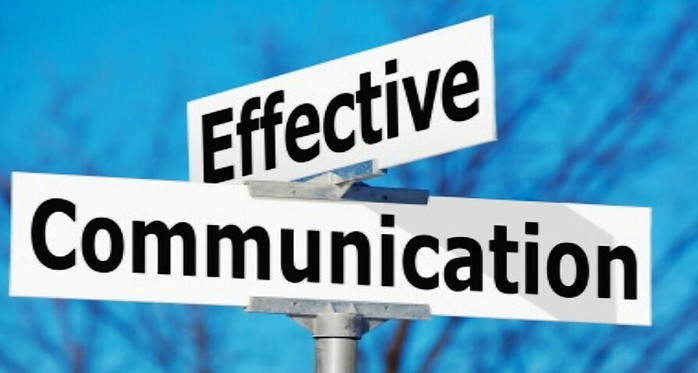In the dynamic landscape of business, effective communication stands out as a cornerstone for success. Whether you’re leading a team, negotiating deals, or interacting with clients, the ability to convey your thoughts clearly can make or break a situation. In this blog, I’ll share five major examples to help you hone this essential skill.
1. Tailoring Your Message to Your Audience

One key aspect of effective communication is understanding your audience and tailoring your message accordingly. Imagine you’re presenting a quarterly report to your team, each member with a different role and level of expertise. Presenting raw data to the finance department might be effective, but the same approach may leave the marketing team perplexed.
Instead, break down complex information into digestible insights. Use visuals for those who are more visually oriented and provide detailed analysis for those who crave numbers. By adapting your message to suit the audience’s preferences and knowledge level, you ensure that everyone grasps the information and stays engaged.
2. Active Listening and Responding

Communication is a two-way street, and active listening is often underestimated. Consider a scenario where a colleague is sharing their thoughts on a new project. Instead of merely waiting for your turn to speak, actively engage in the conversation. Ask clarifying questions, nod in agreement, and paraphrase what you’ve heard to confirm understanding.
This not only fosters a collaborative environment but also ensures that your responses are thoughtful and relevant. Effective communication involves more than just speaking; it requires a genuine exchange of ideas.
My mentor use to tell me that we have two ears and one mouth for a reason. Make sure your using them correctly
3. Clarity in Written Communication

In our digital age, written communication is omnipresent, from emails to project reports. Ensuring clarity in your written messages is crucial to avoid misunderstandings. Take the time to proofread and organize your thoughts logically.
Consider this example: sending a vague email to a client about a project update may lead to confusion and delays. On the contrary, a well-structured and concise email that clearly outlines the progress, challenges, and next steps not only informs but also reassures the client of your professionalism.
4. Non-Verbal Communication

Non-verbal cues, such as body language and facial expressions, often speak louder than words. During a negotiation, for instance, your posture, eye contact, and gestures can convey confidence and assertiveness.
Imagine you’re discussing a potential partnership, and your body language exudes uncertainty. This might create doubts in the minds of your counterparts. Mastering the art of non-verbal communication involves being aware of your own cues and understanding how to interpret others’ signals, allowing you to navigate professional interactions with finesse.
5. Constructive Feedback

Providing feedback is an integral part of professional growth, but it’s essential to approach it with care. Instead of simply pointing out flaws, offer constructive feedback that guides improvement. Consider a scenario where a team member’s performance is lacking. Instead of criticizing their work outright, highlight specific areas for improvement and provide actionable suggestions for enhancement.
Effective communication in feedback sessions involves striking a balance between encouragement and guidance. By fostering an environment where constructive feedback is welcomed, you contribute to a culture of continuous improvement within your team or organization.
Conclusion:

Mastering the art of effective communication is an ongoing process that pays dividends in the professional realm. Tailoring your message, actively listening, ensuring clarity in written communication, understanding non-verbal cues, and providing constructive feedback are just a few examples of how honing this skill can elevate your professional journey. By incorporating these practices into your daily interactions, you’ll not only enhance your leadership capabilities but also contribute to a more collaborative and successful business environment.
Thanks for reading my blog. I hope that you have found this interesting as well as helpful. Please be sure to check out my blog.
Working Hard To Make Your Dreams Come True
** Have you ever heard about those people that love to travel and stay free in someone else house? Have you ever wondered how they find these homes all around the world? If so then I have found the answer! House sitters join for a free limited membership but must upgrade to Paid (Full) membership for US$50.00 to read secure messages sent by Homeowner members.
Click here to learn more. House Carers**










